Must-Visit UNESCO Sites in Spain You’ll Want on Your Travel List that bring history to life
Must visit UNESCO sites in Spain takes you on a journey through centuries of culture, architecture, and history that have shaped the country’s identity. From the intricate Moorish palaces of Andalusia to the bold modernist works of Gaudí in Barcelona, these sites offer more than just beautiful views—they tell stories of ancient civilizations, artistic brilliance, and enduring traditions. Whether you’re wandering through medieval towns, exploring Roman ruins, or standing in awe beneath cathedral spires, Spain’s UNESCO sites promise moments that stay with you long after your trip ends.
Why visiting these 12 unique Unesco sites in Spain
Visiting these 12 unique UNESCO sites in Spain offers a rich and varied look into the country’s diverse heritage—from ancient Roman ruins and medieval cities to groundbreaking modernist architecture. Each site reflects a different layer of Spain’s complex history, whether it’s the Islamic artistry of the Alhambra, the spiritual significance of Santiago de Compostela, or the imaginative vision of Gaudí’s Barcelona. These places aren’t just visually striking—they tell the stories of empires, religions, artists, and everyday life over the centuries. Exploring them adds depth to any Spain itinerary and gives a more meaningful connection to the places and people that shaped the nation.
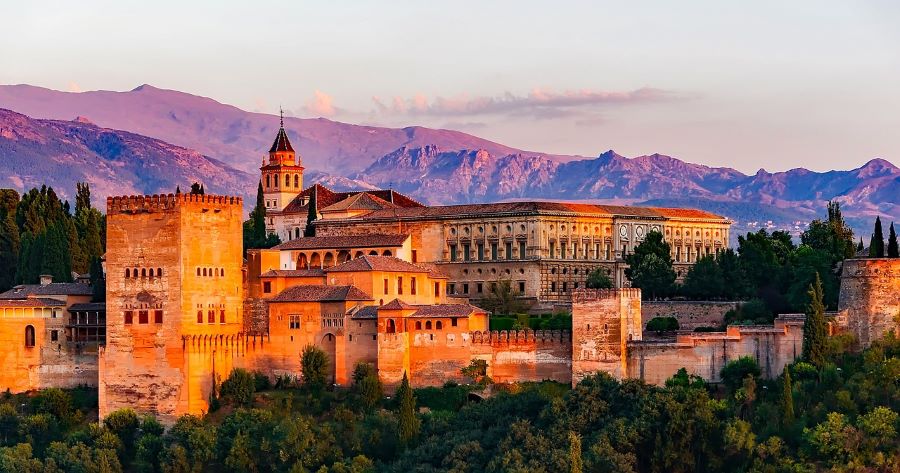
1. Alhambra, Generalife and Albayzín (Granada)
Alhambra, Generalife and Albayzín (Granada) offer a striking blend of Moorish architecture, lush gardens, and old-world charm that defines the heart of Granada. The Alhambra stands as a masterpiece of Islamic art, with intricate tilework, arched courtyards, and fortress walls overlooking the city. Just above it, the Generalife gardens provide a peaceful escape with flowing water features, shaded pathways, and panoramic views. Across the way, the Albayzín district invites you to wander through narrow cobblestone streets, whitewashed houses, and hidden plazas that carry centuries of layered history. Together, these UNESCO-listed sites paint a vivid picture of Granada’s past and make the city one of Spain’s most unforgettable destinations.
- A stunning example of Moorish architecture and gardens.
- Overlooks the city of Granada with intricate palaces and courtyards.
Check out my post to visiting Granada here and Free things to do in Granada here for more information and images
Enjoy this post on visiting the Grand Alhambra and Generalife of Granada below.
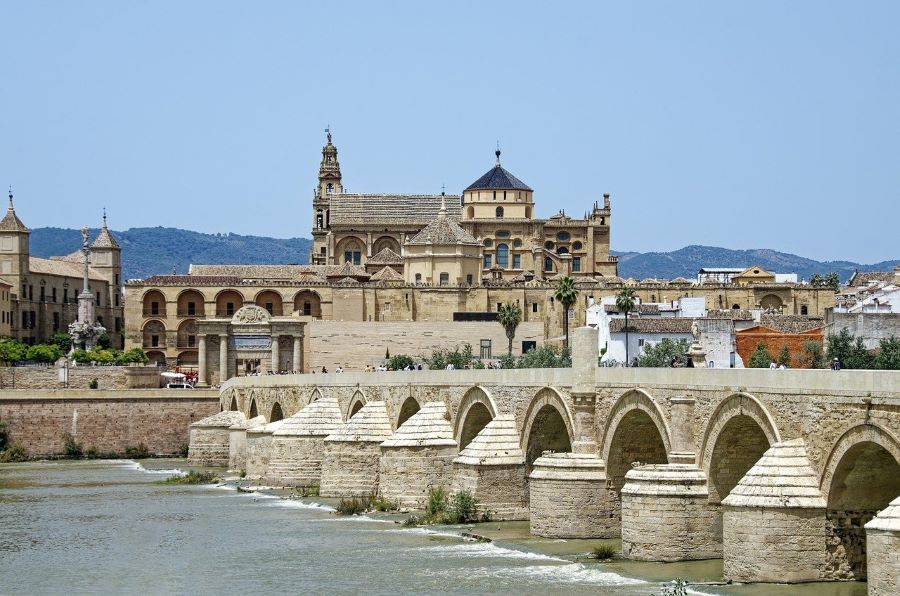
2. Historic Centre of Cordoba
Historic Centre of Córdoba is a walk through layers of history where Roman, Islamic, Jewish, and Christian influences meet in one captivating place. At its heart is the Mezquita-Catedral, a former mosque turned cathedral, known for its forest of red-and-white arches and stunning mix of architectural styles. As you explore the surrounding streets, you’ll find flower-filled patios, quiet courtyards, and centuries-old buildings that tell the story of Córdoba’s rich multicultural past. From ancient bridges to hidden synagogues and lively tapas bars, the historic center offers a blend of the old and new that feels both intimate and grand.
- Home to the Mezquita, a former mosque turned cathedral.
- Rich blend of Islamic, Christian, and Jewish heritage.
Check out my post on visiting Cordoba from Seville here for more inspiration and images. Also, check out this Malaga to Cordoba day trip here for more information and images.
Check out this video tour of the history, culture and rich architecture of the Old Town below
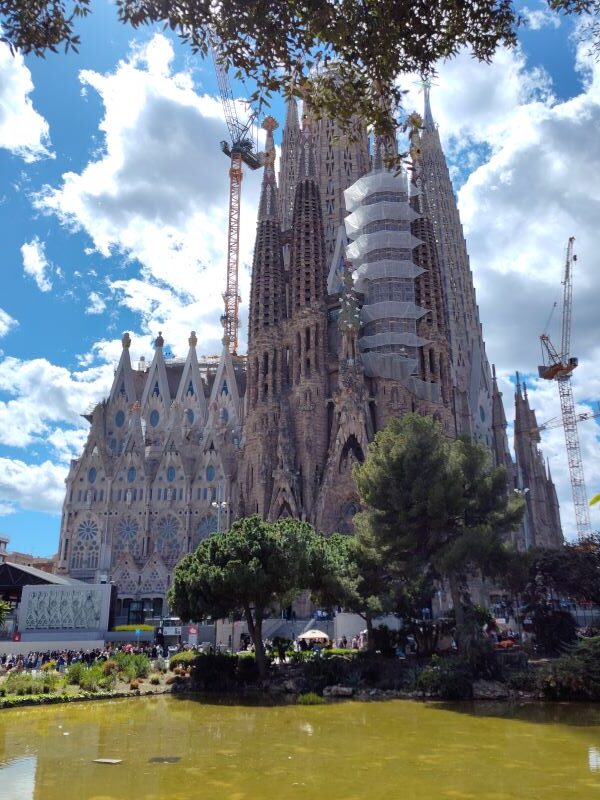
3. Works of Antoni Gaudí (Barcelona)
The UNESCO-listed Works of Antoni Gaudí in Barcelona highlight the genius and imagination of one of Spain’s most iconic architects. Scattered across the city, these sites include the famous Sagrada Família, the colorful Park Güell, and unique buildings like Casa Batlló and Casa Milà (La Pedrera). Each structure reflects Gaudí’s signature blend of natural forms, bold colors, and inventive design that pushed the boundaries of architecture. His work fuses Gothic elements with modernist innovation, often incorporating mosaics, organic shapes, and religious symbolism. These landmarks not only define Barcelona’s skyline but also offer insight into Gaudí’s deep connection to Catalan culture, nature, and faith.
- Includes Sagrada Família, Park Güell, Casa Batlló, and more.
- Celebrated for their bold, organic shapes and unique creativity.
Check out my posts to visiting Gaudi’s masterpieces below
Visit to Sagrada Familia here for more inspiration
Visit to Casa Milia in Barcelona here for details and images
Experience the works of Gaudi influenced by nature, moderisme style and his brilliante wonders below:
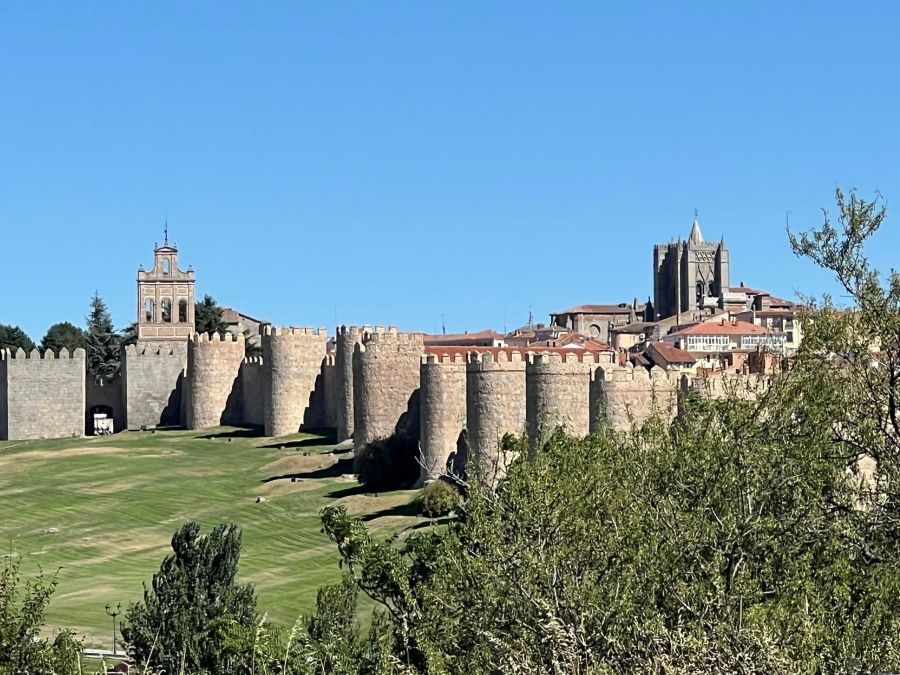
4. Old Town of Ávila with its Extra-Muros Churches
The Old Town of Ávila with its Extra-Muros Churches feels like stepping into a medieval storybook. Surrounded by some of the best-preserved stone walls in Europe, Ávila’s old town is a blend of fortified towers, narrow streets, and centuries-old churches that extend beyond the city walls—hence the name “extra-muros.” These Romanesque and Gothic churches, like San Vicente and San Andrés, offer a peaceful contrast to the busy squares and give a glimpse into the city’s deep religious roots. Walking through Ávila, especially at dusk when the walls light up, gives you a sense of timelessness and a true feel for Spain’s historic heartland.
- Best-preserved medieval walls in Europe.
- Offers panoramic views and a walk through Spain’s religious history.
Explore the Old Town of Avila and a quick introduction of the city walls and center below
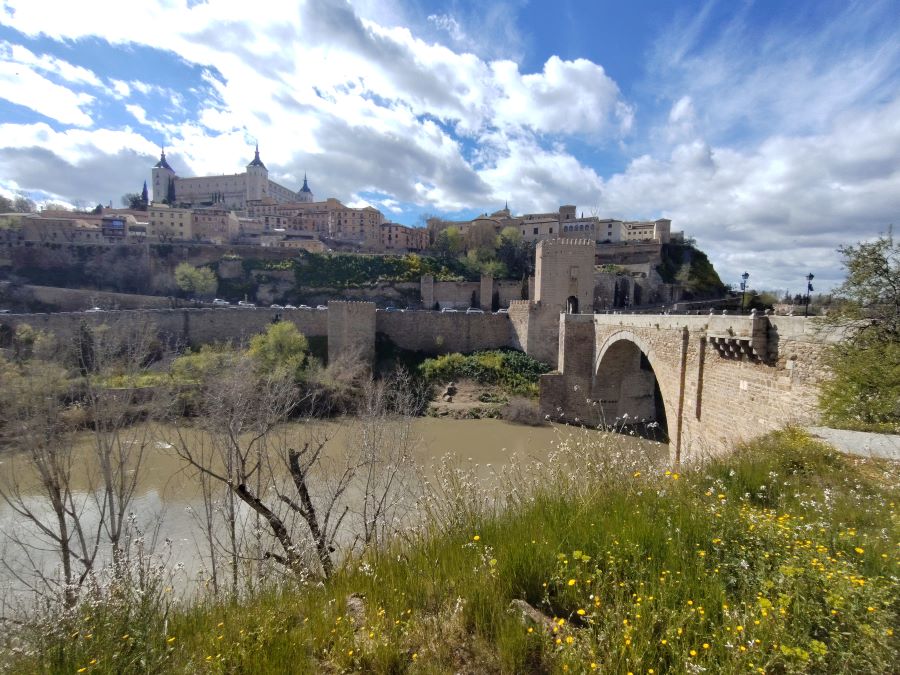
5. Historic City of Toledo
The UNESCO-listed Historic City of Toledo is a striking example of Spain’s layered past, where Christian, Muslim, and Jewish cultures once thrived side by side. Perched on a hill above the Tagus River, Toledo’s old city is a maze of winding streets, stone walls, and architectural landmarks that reflect its role as a cultural and religious crossroads. From the grand Gothic cathedral to the former mosques, synagogues, and fortress-like Alcázar, each corner tells a story of coexistence and conflict. Its preserved medieval character, artistic legacy—including works by El Greco—and rich blend of traditions make Toledo a must-visit for anyone interested in Spain’s deep historical roots.
- Known as the “City of Three Cultures” (Christian, Muslim, Jewish).
- A living museum with cathedrals, synagogues, and winding streets.
Check out my post on visiting Toledo here for more information and inspiration
Day trip from Madrid to Toledo
Explore the historic city and main attractions of Toledo below
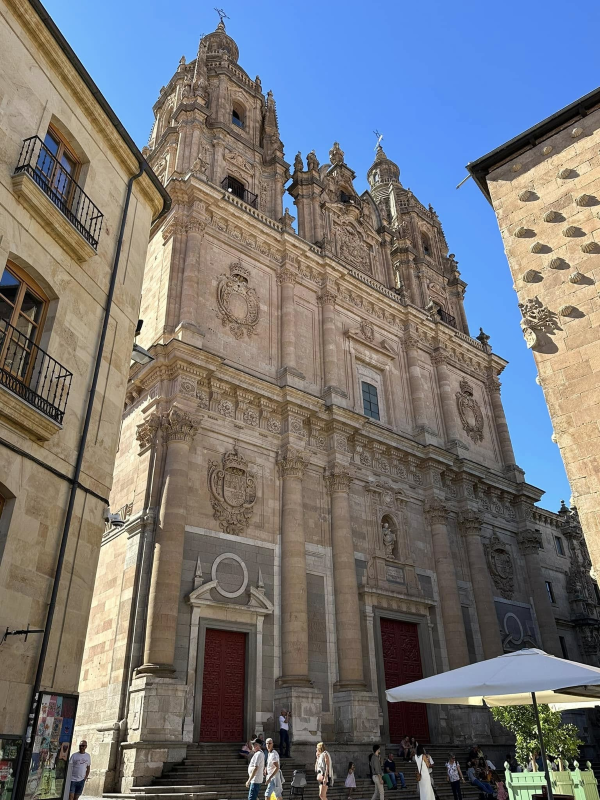
6. Old City of Salamanca
The Old City of Salamanca, a UNESCO World Heritage Site, is a showcase of Spain’s golden age of learning and architecture. Known for its sandstone buildings that glow in the sun, the historic center is home to one of Europe’s oldest universities, the University of Salamanca, founded in 1218. Walking through the compact core, you’ll find a mix of Gothic, Renaissance, and Baroque landmarks including the Plaza Mayor, two cathedrals, and ornate facades rich with carvings and symbolism. The city has long been a hub of intellectual and cultural life, and its well-preserved streets still reflect the influence of scholars, artists, and philosophers who passed through over the centuries.
- Renowned for its sandstone architecture and the University of Salamanca.
- A lively student city with rich academic and artistic traditions.
Here’s a video tour of the Old City of Salamanca and the oldest university located in Spain
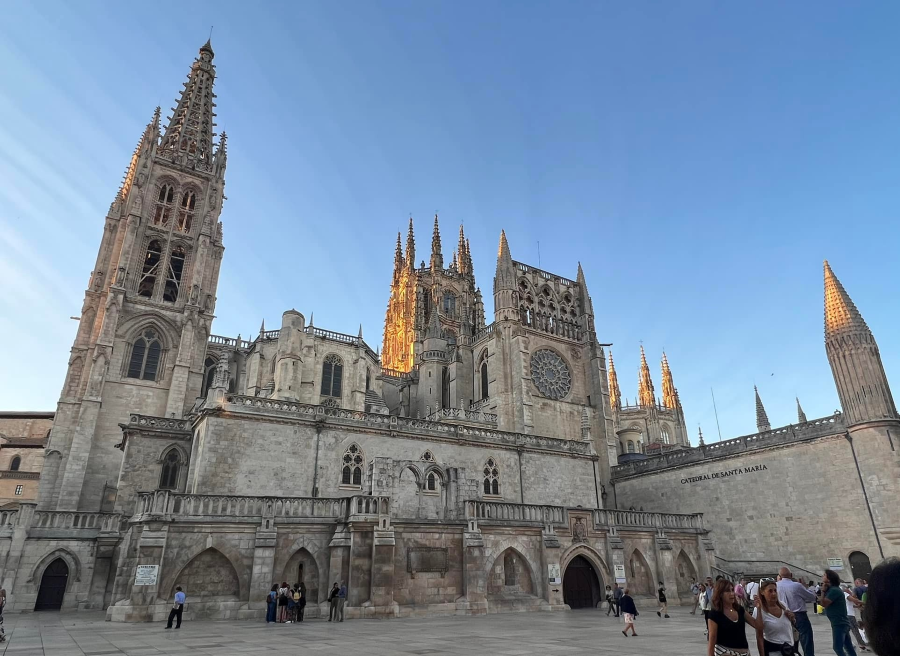
7. Burgos Cathedral
Burgos Cathedral, designated a UNESCO World Heritage Site, is one of the finest examples of Gothic architecture in Spain. Construction began in 1221 and spanned several centuries, resulting in a richly layered structure with French Gothic roots and later Renaissance and Baroque additions. Its dramatic spires, intricate stonework, and lavish chapels make it a standout among Europe’s cathedrals. Inside, the cathedral houses numerous treasures, including the tomb of El Cid and his wife Doña Jimena, linking it deeply to Spanish history and legend. The cathedral’s artistic and architectural significance, along with its role in the religious and cultural life of Castile, make it an essential stop on the Camino de Santiago.
- A Gothic masterpiece with French-inspired architecture.
- Final resting place of El Cid, Spain’s national hero.
Here’s a visit of the gothic cathedral of Burgos Cathedral on a video tour below
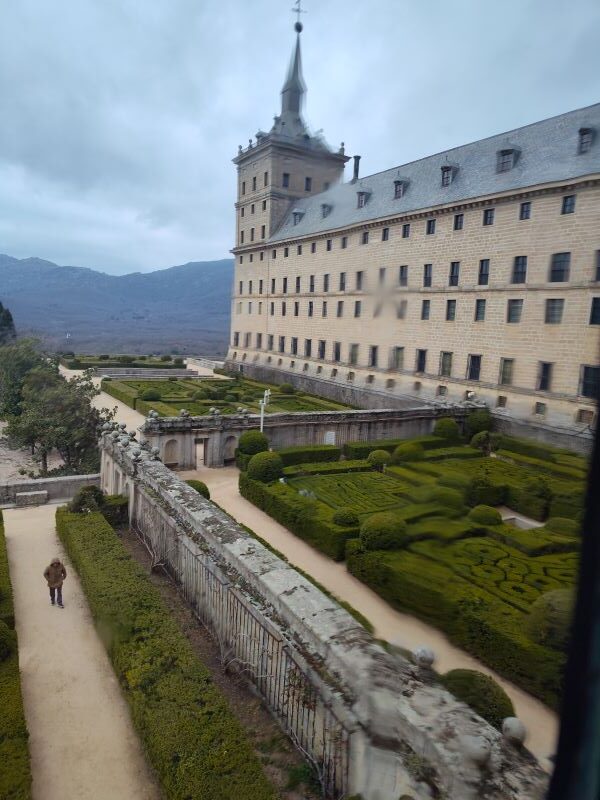
8. Monastery and Site of the Escorial (Madrid Region)
The Monastery and Site of the Escorial, located near Madrid, is a UNESCO World Heritage Site recognized for its grand scale, austere architecture, and historical importance as a symbol of Spanish power in the 16th century. Commissioned by King Philip II, it served as a royal palace, monastery, library, and mausoleum, blending religious and political functions in one vast complex. Its design reflects the ideals of the Spanish Renaissance, marked by symmetry, restraint, and classical influence. The complex also houses priceless works of art and manuscripts, and it continues to serve as a powerful reminder of Spain’s imperial legacy and religious devotion during the Counter-Reformation.
- Royal palace, monastery, and historical archive.
- Once the political center of the Spanish Empire under Philip II.
Check out this post on visiting Escorial Monastery and complex here for more inspiration
Here’s a video tour of the entire complex of the Escorial below
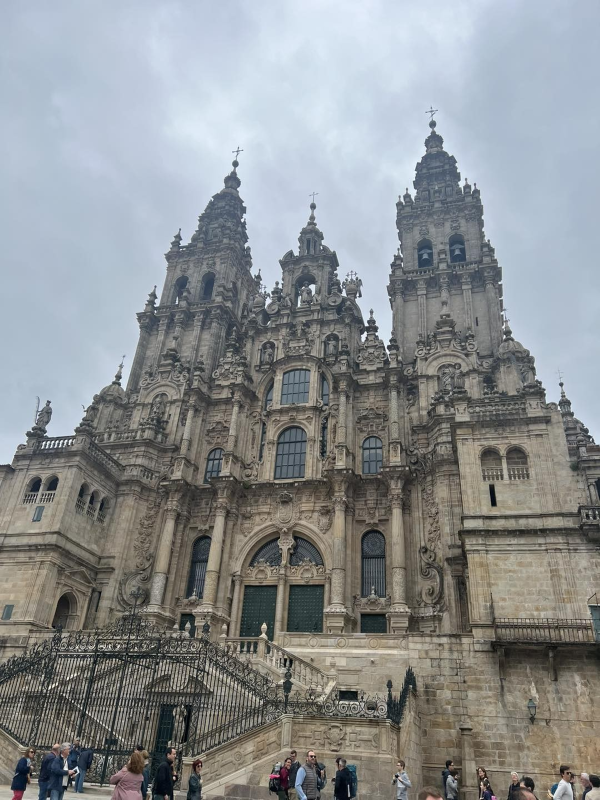
9. Santiago de Compostela (Old Town)
Santiago de Compostela’s Old Town, a UNESCO World Heritage Site, is best known as the final destination of the Camino de Santiago, a major Christian pilgrimage route since the Middle Ages. At its heart is the impressive cathedral, believed to house the tomb of St. James the Apostle, which draws visitors and pilgrims from around the world. The city’s historic center is a well-preserved maze of Romanesque, Gothic, and Baroque buildings, narrow stone streets, and arcaded squares that reflect centuries of religious and cultural life. Beyond its spiritual importance, the old town is a lively place filled with traditional Galician character, where the past remains closely tied to daily life.
- Final destination of the Camino de Santiago pilgrimage.
- Iconic cathedral believed to house the remains of Saint James.
Here’s a visit and tour of the Old Town, square and cathedral of the Santiago de Compostela below
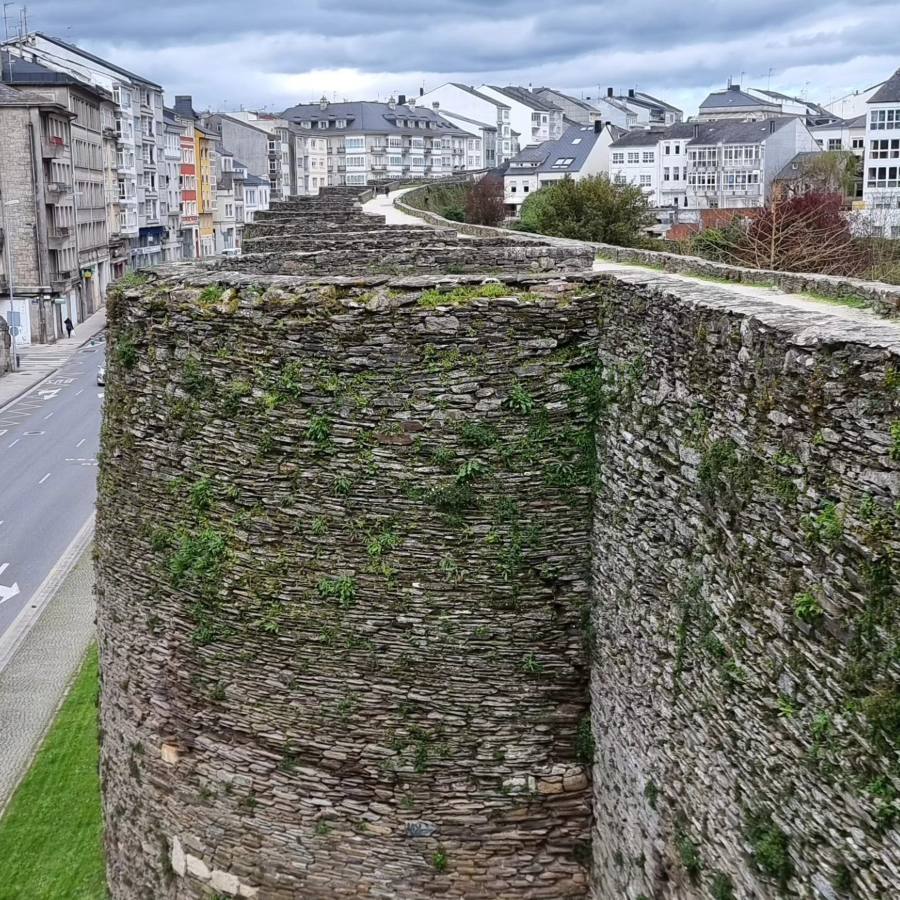
10. Roman Walls of Lugo
The Roman Walls of Lugo in northwestern Spain are a striking example of late Roman military engineering, wrapping around the historic city in a nearly complete circuit of over 2 kilometers. Built in the 3rd century to defend what was then the Roman settlement of Lucus Augusti, the walls stand up to 10 meters high and are remarkably intact, with over 70 towers still visible today. A wide walkway along the top allows visitors to circle the old town, offering views of both the ancient structure and the modern city beyond. Designated a UNESCO World Heritage Site, the walls are a rare surviving example of a fully intact Roman city fortification and remain an active part of Lugo’s urban fabric.
- Complete Roman wall encircling the old town.
- Walkable and offering historic insight into Roman urban planning.
Here’s a video tour exploring around the ancient Roman Walls of Lugo below
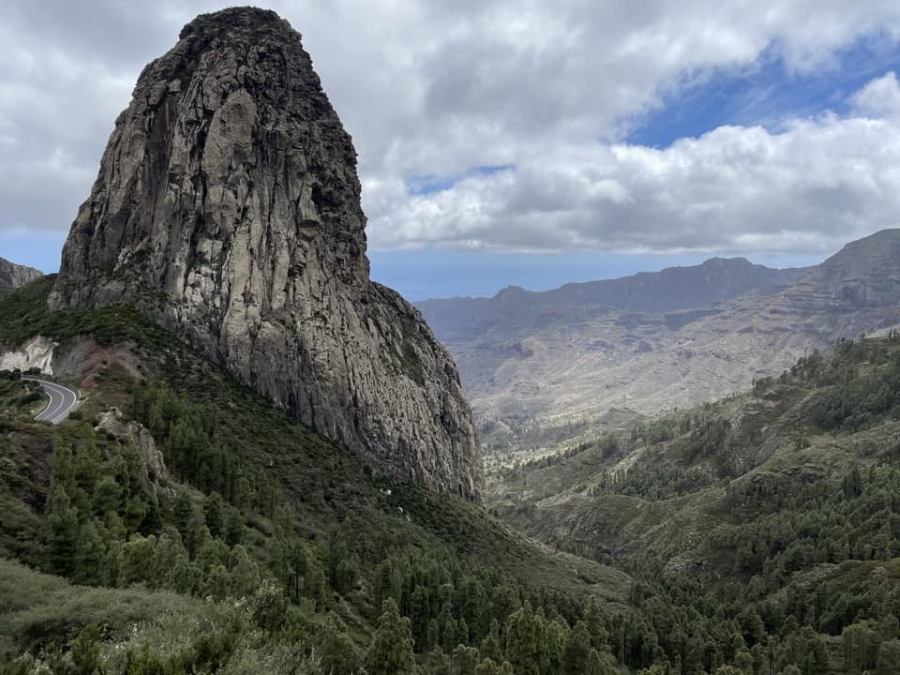
11. Garajonay National Park (La Gomera, Canary Islands)
Garajonay National Park, located on the island of La Gomera in the Canary Islands, is a lush, misty forest that preserves one of Europe’s last remaining laurel forests—a type of subtropical vegetation that once covered much of the Mediterranean millions of years ago. Recognized as a UNESCO World Heritage Site, the park is a living relic of the Tertiary period and supports a rich variety of endemic flora and fauna. Its dense, moss-draped trees, ravines, and cloud-covered peaks offer a unique and almost otherworldly landscape for hikers and nature lovers. The park plays a key role in conserving biodiversity and protecting the island’s delicate hydrological system.
- Ancient laurel forest with subtropical vegetation.
- Great for hiking and experiencing a rare ecosystem.
Here’s a wonderful video tour of Garajonay National Park below
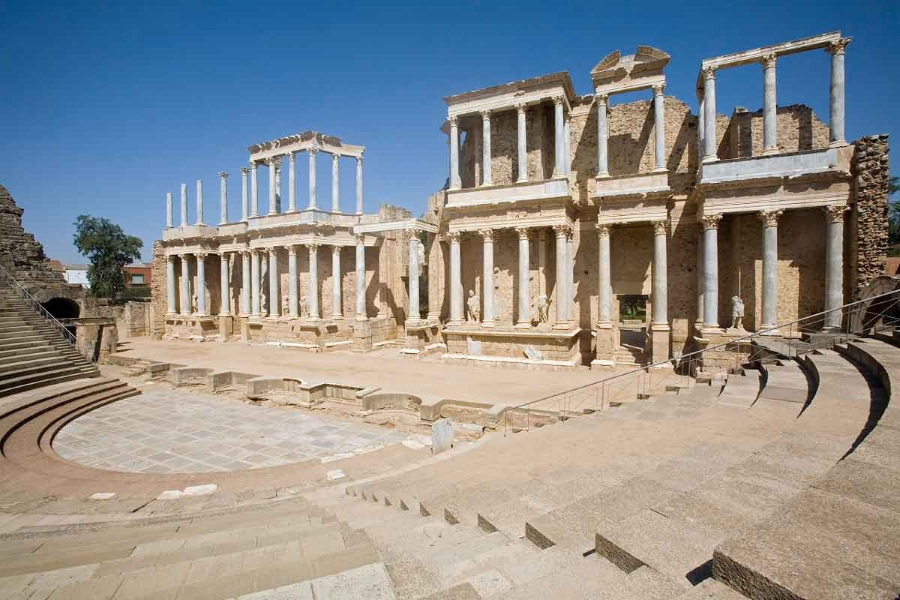
12. Archaeological Ensemble of Mérida
The Archaeological Ensemble of Mérida, in western Spain, offers an impressive look into the Roman Empire’s reach and urban planning. Founded in 25 BCE as Emerita Augusta, the city was a major administrative center in Roman Hispania. Today, it holds some of the best-preserved Roman ruins in the Iberian Peninsula, including a theater still used for performances, an amphitheater, temples, baths, bridges, and aqueducts. Declared a UNESCO World Heritage Site, the ensemble highlights the sophistication of Roman engineering and civic life. Walking through Mérida feels like stepping into a living museum, where ancient structures are seamlessly woven into the modern city.
- Roman theater, amphitheater, temples, and bridges.
- A well-preserved look at the Roman presence in Iberia.
Explore the ancient roman ruins of the Ensemble of Merida below
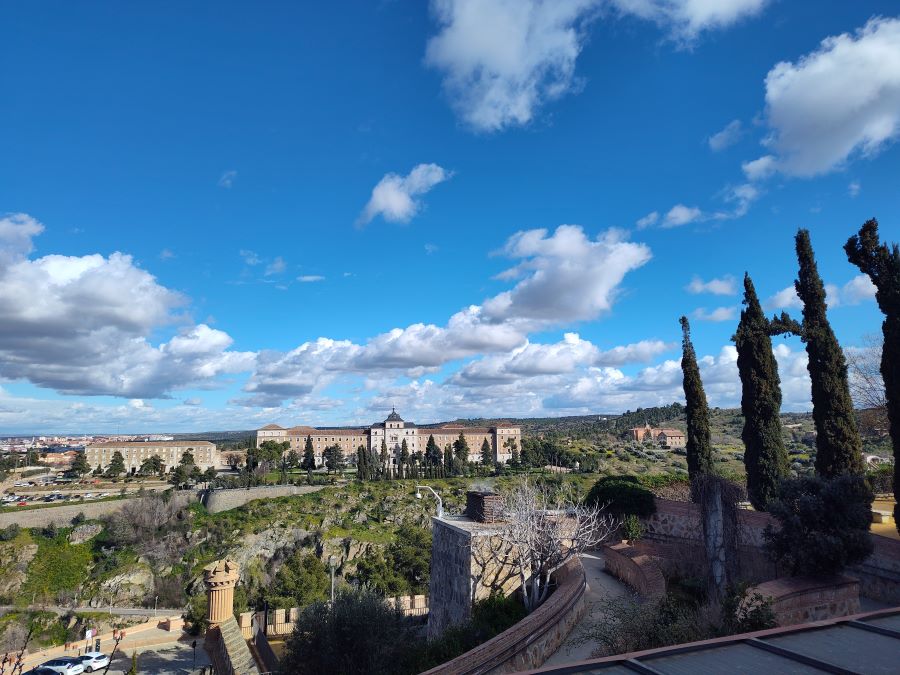
Weather and best times to visit these historic Unesco sites in Spain
Spain’s UNESCO sites are spread across different climates, so the best time to visit can vary depending on the region. Generally, spring (April to June) and fall (September to early November) are ideal for most of the country. During these months, temperatures are mild, crowds are smaller, and outdoor exploring is more comfortable. In southern cities like Granada, Córdoba, and Seville, summers can be extremely hot, so early spring and late fall are best. Barcelona and the north coast, including Santiago de Compostela and Burgos, are pleasant in summer, though expect more tourists. For central Spain, such as Toledo, Salamanca, and Ávila, late spring or early autumn offer sunny days without the intense summer heat. Garajonay National Park in the Canary Islands has a subtropical climate and is enjoyable year-round, though winter is especially popular with those looking to escape colder weather elsewhere. Overall, shoulder seasons are your best bet for balancing good weather and fewer crowds across Spain’s historic and cultural gems.
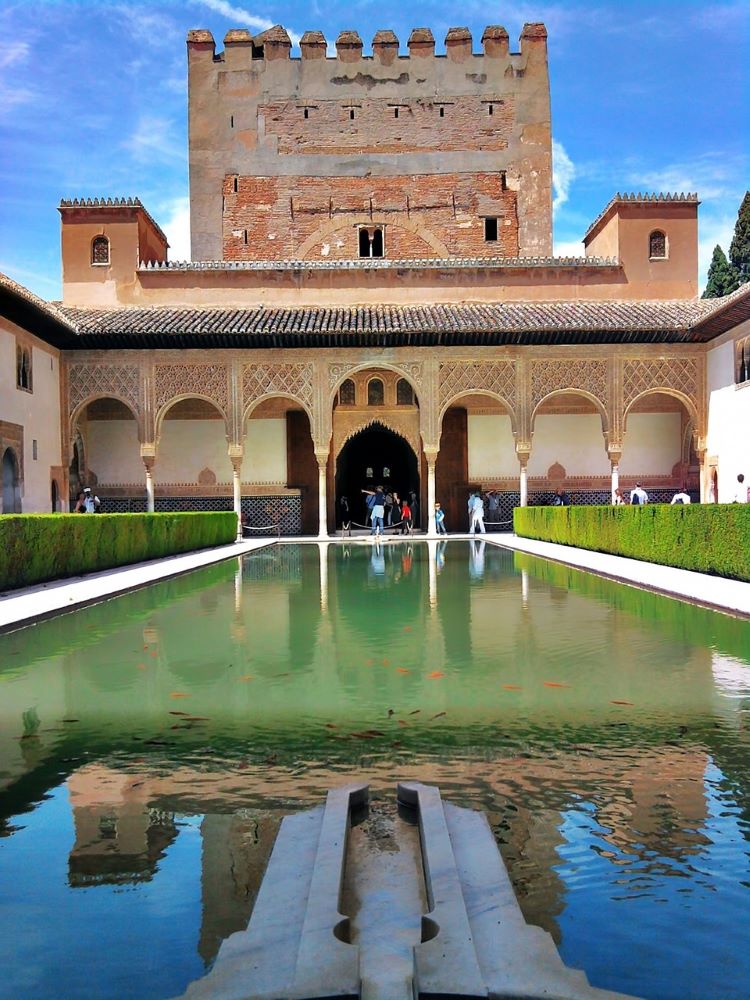
Conclusion on visiting these 12 historic Unesco sites in Spain
Visiting these 12 historic UNESCO sites across Spain is more than a journey through ancient cities, cathedrals, and cultural landscapes—it’s a deep dive into the layers of history that shaped the country’s identity. From Roman engineering marvels to medieval sanctuaries and timeless natural parks, each location offers its own perspective on Spain’s diverse heritage. Whether you’re drawn to architecture, archaeology, or natural beauty, these sites connect the past to the present in a way that’s both educational and inspiring. If you’re planning a trip to Spain, make room in your itinerary to explore a few of these remarkable places—they’re not just landmarks, they’re experiences that stay with you.

About author – Noel Morata
After relocating from the United States to Andalusia in 2020, I’ve made it my mission to discover every corner of Spain. Based just east of Granada, I’ve spent over 12 months exploring Malaga province and the rest of Spain, including multiple extended visits to Torremolinos throughout different seasons. My background in Spanish cultural studies and years of residence and exploring all of Spain have given me unique insight into the region’s historical significance, local customs, and culinary traditions.
I regularly update my guides with the latest information gathered through personal visits and relationships with local tourism officials, always seeking what’s new and exciting in each destination. As a self-proclaimed foodie, I’m passionate about discovering authentic local markets and regional specialties.

1 thought on “Must visit Unesco sites in Spain”